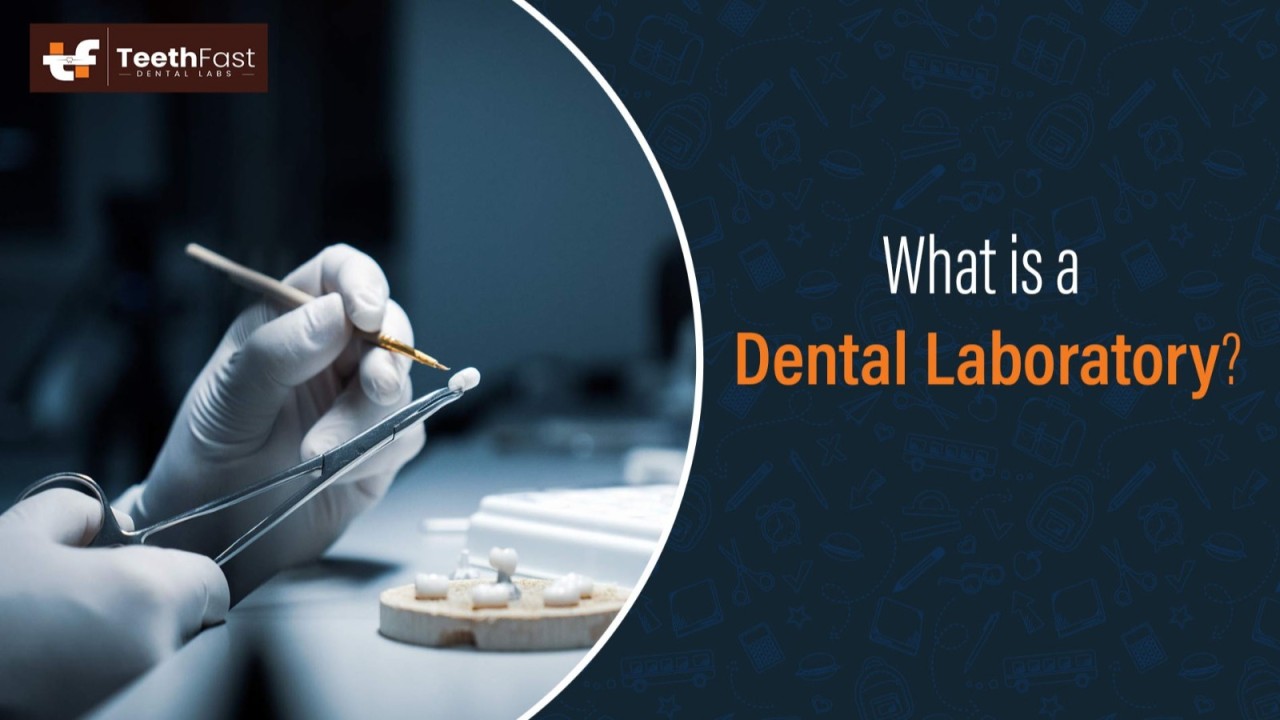Dental aligners have revolutionized orthodontic treatment, offering a modern alternative to traditional metal braces. They’re popular among adults and teens alike for their convenience, comfort, and aesthetic appeal. However, like any treatment, they come with their own set of advantages and disadvantages. This comprehensive guide will delve into both the pros and cons of dental aligners to help you make an informed decision about whether they are the right choice for you.
What Are Dental Aligners?
Dental aligners are custom-made, clear plastic trays designed to gradually shift teeth into their desired positions. They are often used to treat a variety of orthodontic issues, including crooked teeth, gaps, and overbites. The aligners are virtually invisible, making them a popular choice for those who want to improve their smile without the conspicuous appearance of metal braces.
Pros of Dental Aligners
1. Aesthetic Appeal
One of the most significant advantages of dental aligners is their aesthetic appeal. Made from clear plastic, aligners are much less noticeable than traditional metal braces. This makes them an excellent choice for adults and teens who are self-conscious about their appearance during orthodontic treatment.
2. Comfort
Aligners are generally more comfortable than metal braces. They don’t have brackets or wires that can irritate the inside of your mouth, making them a more comfortable option for many people. The smooth plastic material reduces the risk of painful sores and cuts.
3. Removability
Unlike braces, aligners are removable. This means you can take them out to eat, drink, and brush your teeth. This feature allows for easier oral hygiene and eliminates food restrictions. You can also remove them for special occasions, though it’s crucial to wear them for the recommended number of hours each day to ensure effective treatment.
4. Predictable Results
Modern aligner systems use advanced 3D imaging technology to create a digital model of your teeth and plan your treatment. This technology allows you to see a virtual representation of your teeth’s movement throughout the treatment, providing a clear picture of the expected results and progress.
5. Fewer Orthodontic Visits
Aligners often require fewer office visits compared to traditional braces. Since the treatment involves changing aligners every few weeks rather than adjusting wires and brackets, you might only need to visit your orthodontist every 6-8 weeks for check-ups.
6. Improved Oral Hygiene
Maintaining oral hygiene is easier with aligners because you can remove them for brushing and flossing. This contrasts with braces, which can trap food and plaque around brackets and wires, potentially leading to dental issues if not cleaned properly.
Cons of Dental Aligners
1. Cost
Dental aligners are often more expensive than traditional braces. The cost can vary depending on the complexity of your case and the specific aligner system used. Insurance coverage for aligners can also be less comprehensive than for traditional braces, potentially making them a more significant financial investment.
2. Discipline Required
Since aligners are removable, their effectiveness heavily depends on your adherence to wearing them for the recommended amount of time, typically 20-22 hours per day. Inconsistent wear can prolong treatment time and may result in less satisfactory results.
3. Limited Effectiveness for Severe Cases
While aligners are effective for many orthodontic issues, they may not be suitable for more complex or severe cases. Conditions such as significant bite issues or large tooth movements may still require traditional braces or other orthodontic treatments.
4. Potential for Discomfort
Although generally more comfortable than braces, aligners can still cause discomfort, particularly when you switch to a new set. You might experience pressure or soreness as your teeth adjust to the new aligners. This discomfort is usually temporary but can be a downside for some individuals.
5. Maintenance and Care
Aligners require diligent cleaning to prevent stains and odors. You need to clean them regularly using specific cleaning products and ensure that they are stored properly when not in use. Neglecting proper care can affect the aligners' appearance and hygiene.
6. Speech Adjustment
Some people experience a temporary change in their speech when they first start wearing aligners. This issue typically resolves as you get used to the aligners, but it can be a concern for those who need to speak frequently or in public settings.
Conclusion
Dental aligners offer a discreet, comfortable, and convenient alternative to traditional braces, with several notable benefits. They are particularly well-suited for individuals seeking a more aesthetic option for orthodontic treatment and those who can commit to wearing them consistently. However, they may not be ideal for everyone, especially those with severe orthodontic issues or those concerned about the higher cost and maintenance requirements.
When considering dental aligners, it’s crucial to consult with an experienced orthodontist who can assess your specific needs and determine whether aligners are the right choice for your treatment goals. By weighing the pros and cons, you can make an informed decision and embark on a path to a healthier, more confident smile.






